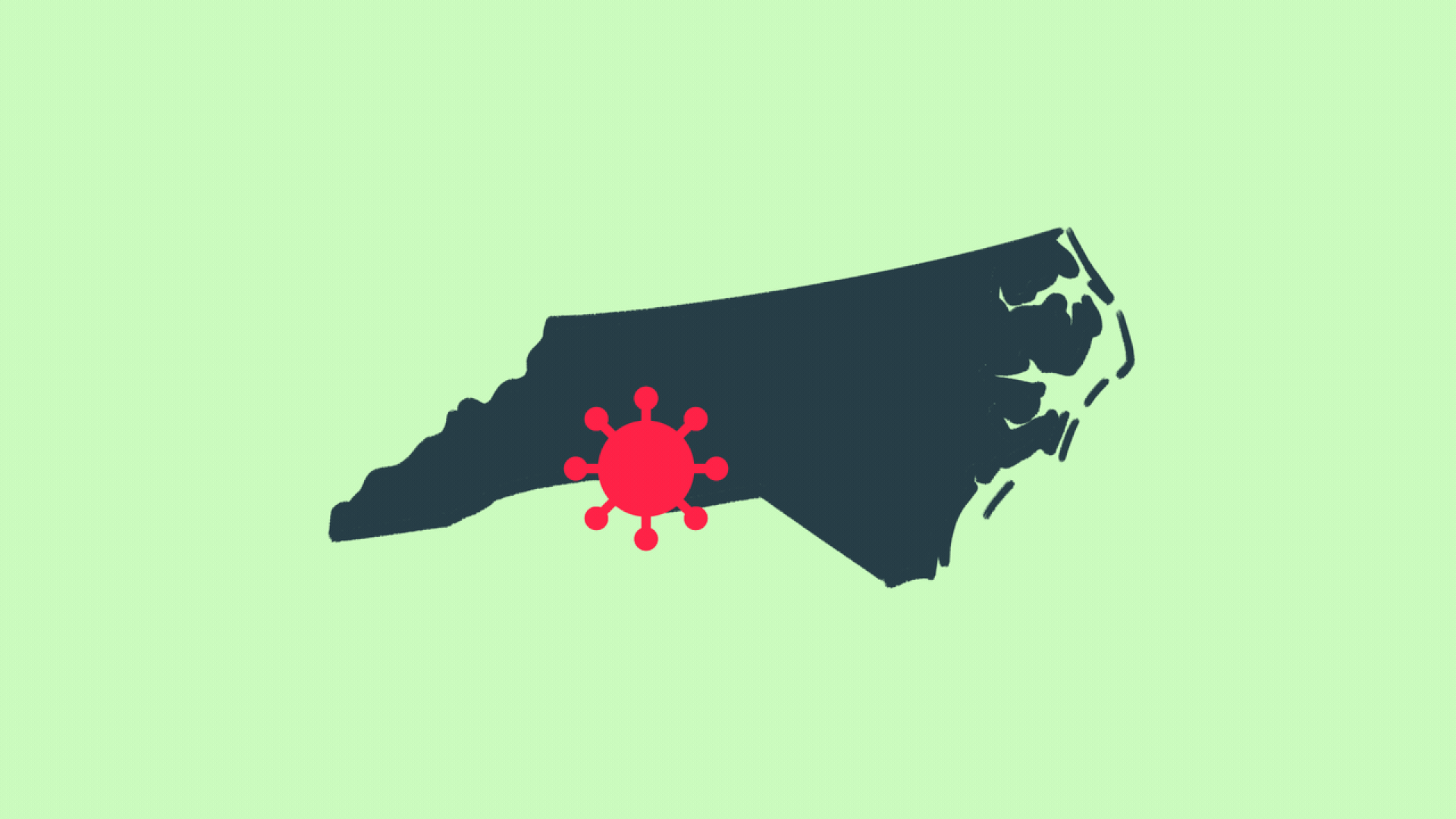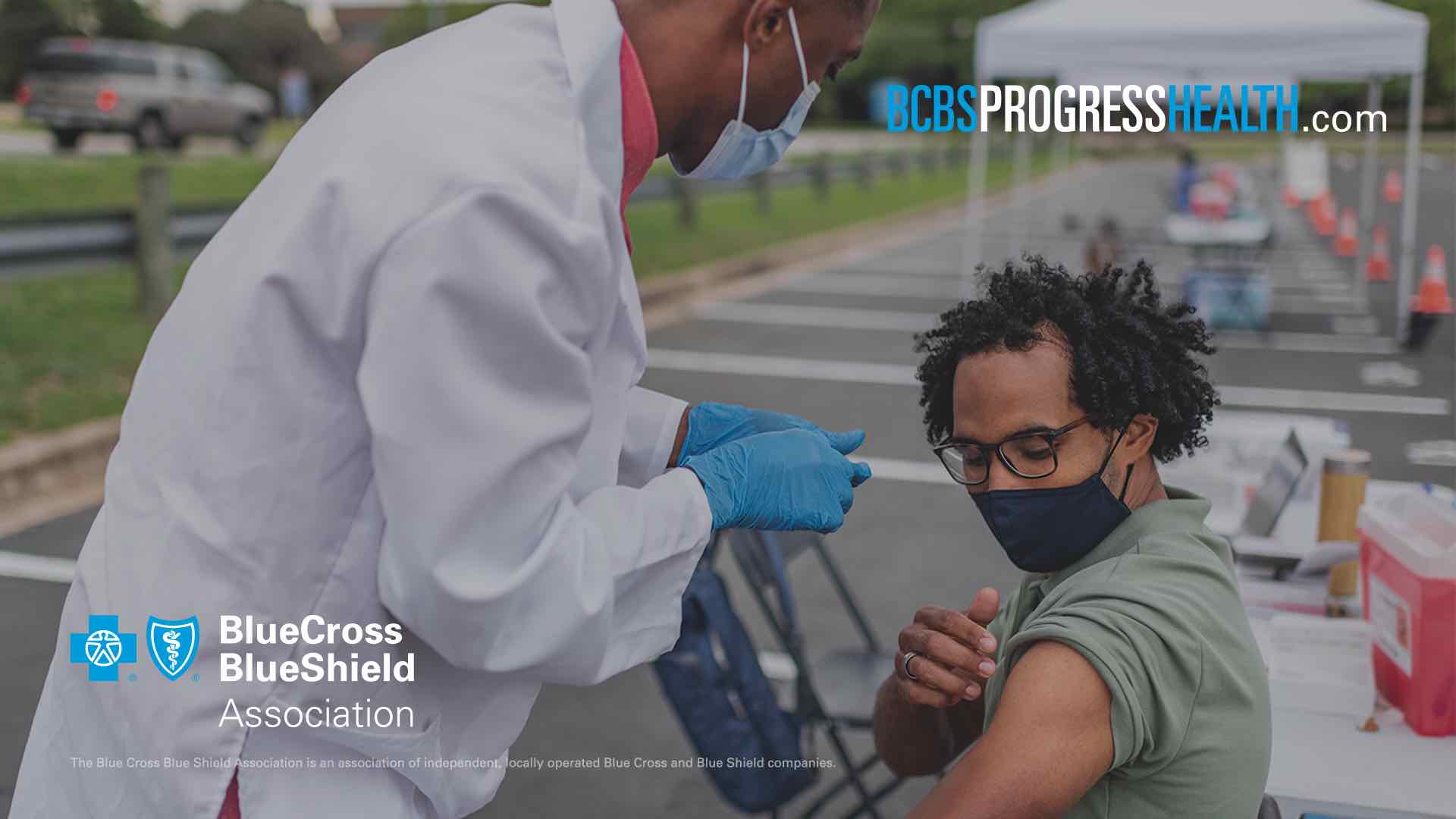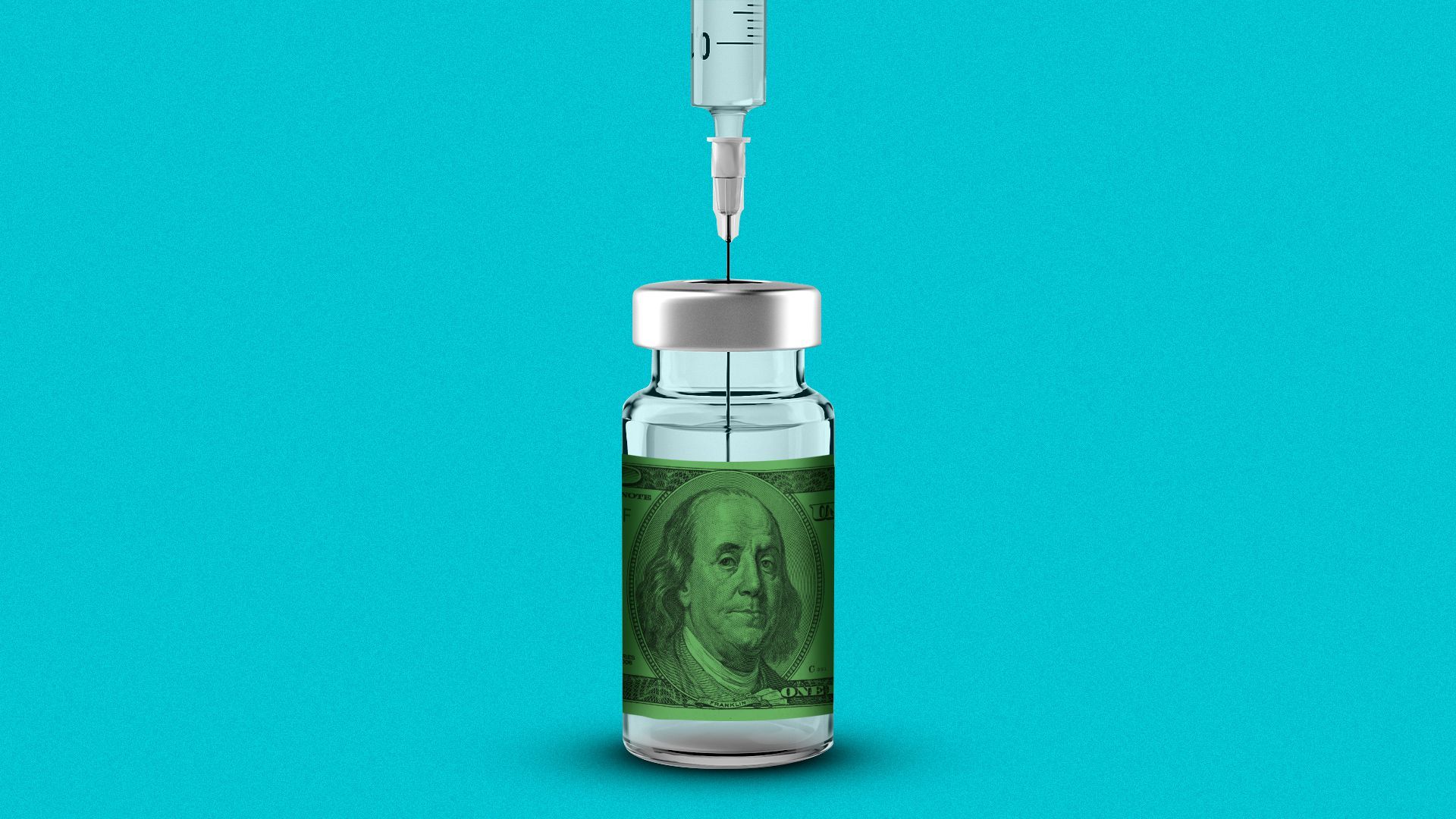| |
| |
| |
| Presented By Blue Cross Blue Shield Association |
| |
| Axios Vitals |
| By Caitlin Owens ·Jul 30, 2021 |
| Good morning. Today's word count is 1,173, or a 4.5-minute read. |
| |
| |
| 1 big thing: Vaccine mandates are popular |
 Data: The COVID States Project; Chart: Will Chase/Axios Nearly two-thirds of Americans say they'd support federal, state or local governments requiring everyone to get a coronavirus vaccine, according to a new survey conducted by The COVID States Project. Why it matters: This kind of blanket mandate hasn't even been proposed, at any level of government. But more piecemeal requirements are rapidly becoming more popular, and the survey suggests Americans are fine with that. The big picture: There's recently been a surge in vaccine requirements for employees among health care organizations, governments and private businesses. - The federal government yesterday became the latest employer to create a new vaccination policy.
- But many of these requirements stop short of being actual vaccine mandates and instead impose additional burdens — such as extra testing — on people who choose to remain unvaccinated. They also only apply to a select group of people, like employees, students or customers.
By the numbers: 64% of respondents said in June or July that they'd support government vaccine requirements, a slight bump up from the 62% who said the same in April or May. - A majority of every demographic subgroup except Republicans said they'd support vaccine requirements. Only 45% of Republicans said they approve of such mandates.
Between the lines: Unsurprisingly, vaccinated people are more likely to support mandates, and most of the people who "strongly disapprove" of mandates are unvaccinated, according to Matthew Baum, a public policy professor at Harvard University and one of the report's authors. My thought bubble: Vaccine mandates — and vaccines themselves — may be controversial, but only among a minority of Americans. - That may help explain why congressional Republicans' response to new vaccine requirements has been relatively muted, at least compared to their reaction to updated masking guidance.
Go deeper: The Republicans' mixed mandate message |
    |
| |
| |
| 2. America's scattershot masking approach |
 |
|
| Illustration: Brendan Lynch/Axios |
| |
| In grocery stores and pizza joints, main streets and downtowns across the country, pandemic precautions range wildly — from nonexistent to 2020 deja vu, Axios Local reports. The big picture: As COVID-19 cases surge, especially in states with low vaccination rates, the country is once again in the throes of a fraught cultural and political debate over face masks. - The CDC's updated guidance this week that even vaccinated people should wear masks indoors in areas with substantial or high transmission was met with a mix of acceptance, frustration and indignation.
How it's playing: - Arkansas has one of the highest case rates in the country right now, and there's a noticeable increase in the number of masks being worn in Northwest Arkansas. But it's nowhere near as common as it was in the winter.
- North Carolinians, regardless of ZIP code or political stripes, ditched masks and flooded the beaches this summer. But as cases climb to their highest levels since February, there's a familiar tension between urban and rural areas in this purple state.
- This week, the CDC listed most of the Denver metro area as a substantial risk zone, but it did little to change behavior. Neither state nor local governments added any mandates, and people didn't seem to notice any shift in the pandemic.
Go deeper. |
    |
| |
| |
| 3. South leads surge of hospitalizations |
| Coronavirus hospitalizations in the South are once again surging — in some cases to levels near or above their previous records, Axios' Marisa Fernandez reports. Why it matters: Overwhelmed hospitals, especially paired with staffing shortages, cause whole communities to suffer. By the numbers: More than 5,400 coronavirus patients were admitted to the hospital on average during the week of July 21-27, according to the CDC, a 46% increase over the week prior. - CDC director Rochelle Walensky told Congress in a briefing yesterday that hospitalizations are at about the same level they were this time a year ago — well before we had a vaccine.
What's happening: State health officials say nearly all hospitalized coronavirus patients are unvaccinated. - States in the South and Midwest — including Louisiana, Texas, Florida and Missouri — make up more than half of the country's hospitalizations.
Florida has the largest outbreak in the country and has the highest seven-day average of cases since the state's previous peak in January. - Louisiana is experiencing hospitalization rates that it hasn't seen since March 2020, Joseph Kanter, the state's health officer, said on a call with reporters on Thursday.
What's next: Vaccination is the best way to reverse the alarming uptick in hospitalizations, several health officials told Axios. - Luckily, some hotspots are seeing a spike in vaccination appointments.
|
    |
| |
| |
| A message from Blue Cross Blue Shield Association |
| Using data to build vaccine confidence |
| |
 |
| |
| Reluctance about vaccines tends to be higher in communities of color due to a long history of inequitable health treatment. Learn how we are using Blue Cross and Blue Shield data to identify social vulnerabilities and replace hesitancy with hope. |
| |
| |
| 4. The $100 "generic" insulin |
 |
|
| Illustration: Aïda Amer/Axios |
| |
| The FDA's new approval status of Semglee marks the first biosimilar insulin that is "interchangeable" with its brand-name comparison, Axios' Bob Herman reports. Why it matters: Pharmacists could substitute Semglee over Lantus without running it by a physician, just like how it works with regular generic and brand-name drugs. But even though Semglee is the cheaper option, it is still priced at almost $100 per vial. The big picture: Sanofi's Lantus and Toujeo, and Eli Lilly's Basaglar, dominate the insulin glargine market. - Viatris, the company that was created out of the merger of Mylan and Pfizer's generics business, manufactures Semglee and is trying to take a bigger share of that market with this new designation.
By the numbers: The list price of Lantus is $283.56 per vial and $425.31 per five-pen package, whereas the list price of Semglee is $98.65 per vial and $147.98 per five-pen package. - Semglee is three times cheaper than Lantus on a list price basis, but its list price is still almost three times more than Lantus' net price.
The bottom line: Semglee is cheaper for diabetic patients who rely on this type of insulin and who are either uninsured or on high-deductible plans. - But just because it's interchangeable with the main options doesn't mean patients immediately want to switch — nor does it mean it's actually affordable.
Go deeper. |
    |
| |
| |
| 5. 1 unfun thing: Plant sexism worsens allergies |
 |
|
| Illustration: Shoshana Gordon/Axios |
| |
| Allergy season in North America has been the lengthiest and the most severe in decades, and experts say the millions of disproportionately male trees planted in urban areas are partly to blame for high pollen counts, Marisa reports. Why it matters: Prolonged exposure to pollen is disrupting the lives of an increasing number of people who are developing allergies that can lead to lifelong treatments for respiratory problems. Threat level: Pollen counts are greatly affected by the "botanical sexism" found in urban landscaping, horticulturist Tom Ogren tells Axios. - Trees that have male reproductive organs are preferred in areas because they don't drop messy seed pods or fruit, but instead, release pollen at certain times during the year.
- When female trees, which capture pollen, are nearly nonexistent, landscaped areas can be overrun by mass amounts of pollen in the air.
"It's alarming to me because if we don't start to get a handle on this pretty soon the air in our cities will be unbreathable," Ogren said. Go deeper. |
    |
| |
| |
| A message from Blue Cross Blue Shield Association |
| Making health coverage more affordable |
| |
 |
| |
| Enhanced premium assistance that makes health care coverage more affordable will end in 2022. See how Congress can help millions of middle class families by expanding access, reducing costs and making health care more equitable for everyone. |
| |
| Editor's note: Item 4 in yesterday's newsletter was corrected to say that Teladoc's stock only declined during after-hours trading (not that the stock was crushed) and that virtual visits slightly beat Wall Street estimates (not that they missed). |
 | | It'll help you deliver employee communications more effectively. | | |








No comments:
Post a Comment